The BEST episodes of Coast season 7
Every episode of Coast season 7, ranked from best to worst by thousands of votes from fans of the show. The best episodes of Coast season 7!
The nation's love affair with the coast will be reawakened for this entertaining and ambitious exploration of the entire UK coastline. Every part of the 9,000-mile coast is covered to explore how we've shaped it - and how it shapes us. Hosted by a team of history and geography experts who investigate everything from life on a nuclear submarine; rebuilding the Titanic using computer images; the story behind the first Butlins holiday camp; and the birth of the Severn Bore. Discover the curious, sometimes dysfunctional, relationship between the British and the seas.
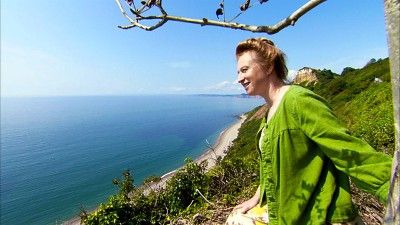
#1 - Life Beyond the Edge
Season 7 - Episode 2 - Aired 5/20/2012
Nick Crane explores the exotic Isles of Scilly - 28 miles beyond Land's End, these are England's final full stop. On magical isles with a Caribbean feel, Nick joins the locals to attempt one of the most bizarre walks in Britain, as they try to wade on foot through the surging seas from island to island. It's a challenge only possible at exceptionally low-tide, yet still the seawater threatens to swamp them.
Watch Now:Amazon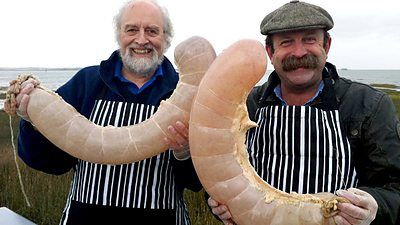
#2 - The Hidden History of Harbours
Season 7 - Episode 3 - Aired 5/27/2012
At the Cornish fishing harbour of Newlyn, Nick Crane re-lives an astonishing, unsung feat of heroic British seamanship. In 1854, a tiny fishing boat, The Mystery, set sail from Newlyn to make the 12,000 mile voyage to Melbourne. She was the smallest boat ever to attempt the journey, but the seven Cornishmen on board were prepared to risk their lives in the world's wildest seas to join the Australian gold rush.
Watch Now:Amazon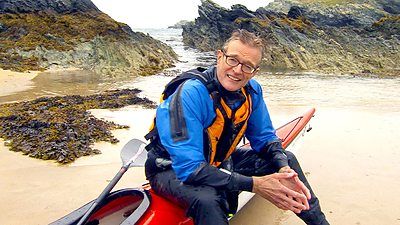
#3 - Riddle of the Tides
Season 7 - Episode 5 - Aired 6/10/2012
Nick Crane confronts the terrifying power of the tides head-on as he paddles for dear life in a kayak to conquer the fearsome, tidal rapids that swirl off the island of Anglesey.
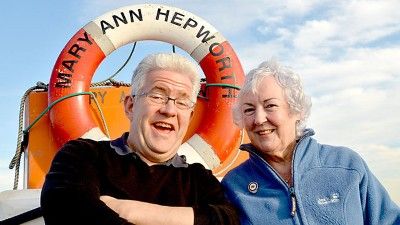
#4 - Peril from the Seas
Season 7 - Episode 4 - Aired 6/3/2012
The Great Storm of 1703 was the most devastating weather event ever to hit southern Britain, when lethal winds whipped in from the Atlantic to claim the lives of one in five seamen of the Royal Navy. Thousands perished and the winds of the storm set more than 400 windmills ablaze and blew ships from our shores to Norway.
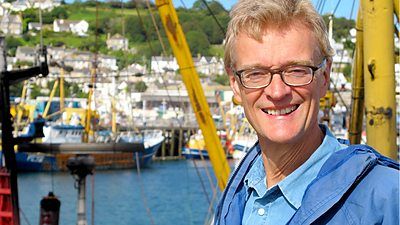
#5 - The Mysteries of the Isles
Season 7 - Episode 1 - Aired 5/13/2012
On the Isle of Wight Coast newcomer Andy Torbet finds himself scaling slippery new heights on the Needles. There are no records of his climb being done before. He is attempting the perilous ascent to solve the mystery of why this needle of chalk has resisted erosion by the waves for millions of years.

#6 - The Secret Life of Beaches
Season 7 - Episode 6 - Aired 6/17/2012
In Scotland, zoologist and ex-soldier Andy Torbet braves one of the most dangerous beaches in Britain. Andy investigates how a RAF bombing range on the sands manages to double as a secret retreat for a colony of seals, who seem to thrive while basking within earshot of the bomb blasts.